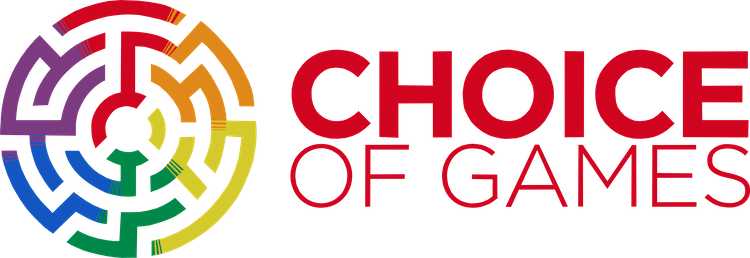Well, there’s always the hard way… Copy and paste “just the text” into something like Microsoft Word and have it count the words for you.
…
Should viable playthrough count be a part of standard evaluation, then?
It would take up minimal ad copy, I think… Example:
200,000 words. 6 playthroughs.
And you can always have an asterisk after linking to a longer explanation of what’s meant by 6 playthroughs, or however many there are.
I think the problem with this setup is that some text in the early game will inevitably be repeated in order to get to later choices, given the ‘traditional’ design of current games. That will skew any estimated playthrough count.
This dilemma may actually be a continuation of the “what counts as an ending” discussion, because I think what it boils down to is the potential amount of unique content the player experiences per playthrough.
I wonder if there’s some sort of abbreviation that can be used… Potential Unique Content… PUC?
PUC: 20k / play
Maybe?
